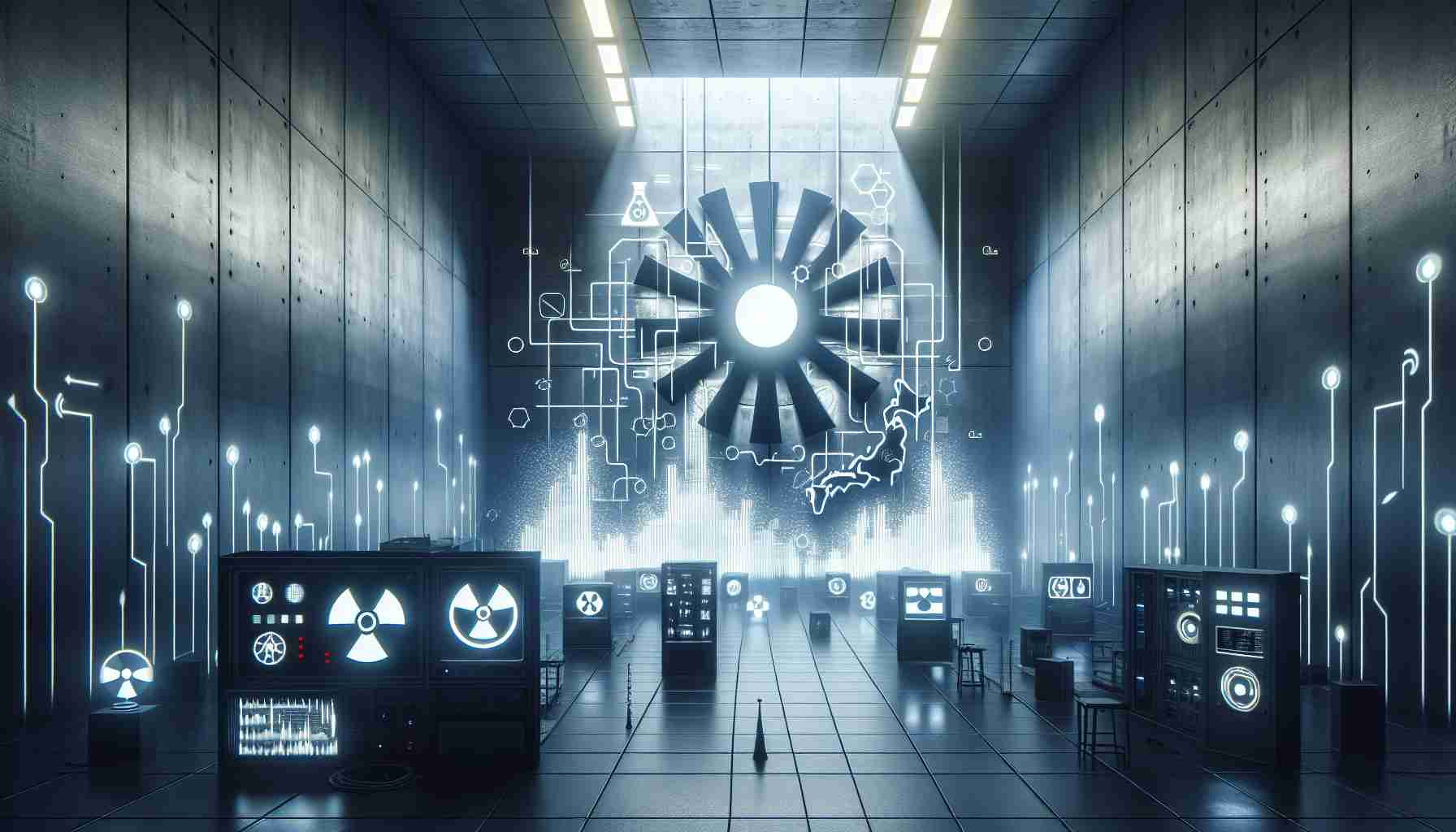Reviving Nuclear Power in Japan
In a surprising twist to Japan’s energy landscape, Hokkaido Electric Power’s president, Susumu Saito, is advocating for the restart of the Tomari Number 3 nuclear reactor, motivated primarily by soaring energy demands from burgeoning local datacenters. Saito emphasized the reactor’s critical role in achieving the firm’s ambitious goal of carbon neutrality by 2050.
Citing deficiencies in alternative energy sources, Saito highlighted the challenges of fuel supply stability and long-term pricing. He passionately defended nuclear energy as a stable, low-emission option essential for Japan’s future.
The Tomari Number 3 reactor has been inactive since 2012 due to safety concerns arising from the Fukushima disaster. However, several reactors are gradually returning to service as safety assessments advance. Currently, a significant project is underway at the Tomari site, which includes constructing a robust 19-meter seawall designed to safeguard against potential natural disasters.
Saito projected that this ¥180 billion ($1.16 billion) initiative could be completed within three years, contingent on the seawall’s timely installation. As Japan embraces new technologies, backed by substantial investments from domestic and international companies in the semiconductor and AI sectors, the energy demand is poised to grow.
The global shift towards nuclear energy is evident, as seen in various international agreements and corporate investments in nuclear infrastructure. This resurgence could hold the key to powering Japan’s tech-driven future.
The Hidden Impacts of Japan’s Nuclear Renaissance
As Japan cautiously steps into a new era of nuclear energy revival, the implications stretch far beyond mere energy production. The decision to bring reactors like the Tomari Number 3 back online brings with it a plethora of social, economic, and environmental considerations that will shape the lives of Japanese citizens and the broader Asian region.
The Economic Landscape
The push for nuclear energy in Japan is heavily influenced by economic factors. With the rise of datacenters and technology firms needing reliable electricity, the economic viability of nuclear power becomes clearer. Analysts estimate that Japan’s shift towards nuclear energy could save the country approximately ¥1 trillion (around $7 billion) annually in energy costs, primarily through reduced reliance on expensive imported fossil fuels. As energy prices stabilize, consumers may experience lower utility bills, potentially influencing household budgeting and spending habits.
However, this economic boon is not without its challenges. Communities previously reliant on fossil fuel industries might find themselves at a crossroads. Jobs tied to mining and fossil fuel extraction could dwindle as the focus shifts to nuclear, presenting both opportunities for retraining and the risk of economic dislocation.
Public Sentiment and Safety Concerns
Despite the apparent benefits, public sentiment regarding nuclear energy in Japan remains mixed. The shadow of the Fukushima disaster looms large, where over 200,000 people were displaced due to evacuation orders, and major environmental damage ensued. As communities continue to grapple with the repercussions of past nuclear incidents, the question arises: How can the government rebuild trust in nuclear safety?
To alleviate fears, transparency in safety measures and ongoing public education is essential. Local governments have a critical role to play in facilitating open dialogues that address safety protocols, emergency preparedness, and environmental protections. The recent investment in a 19-meter seawall at the Tomari site represents an attempt to enhance safety measures, but will it be enough to placate concerned citizens?
Environmental Considerations
Nuclear energy is often touted as a low-emission alternative, crucial for carbon neutrality goals. However, the environmental discussions are more nuanced. While operational emissions are substantially lower than those from fossil fuels, the long-term storage of nuclear waste presents a persistent challenge. A comprehensive waste management strategy is necessary to guarantee that nuclear’s environmental footprint is minimized over time.
Additionally, land use and ecological impacts from the construction of new nuclear facilities can disrupt local ecosystems and communities. This raises concerns about the ethical implications of prioritizing one form of energy over another, especially in regions rich with biodiversity.
Global Implications
Japan’s revival of nuclear power could also set a precedent for other nations. Several countries, particularly in Asia, are evaluating their energy strategies amidst growing economic demands and climate change challenges. Analysts suggest that Japan’s experience—successful or not—will influence global nuclear policies and energy strategies in developing economies.
For instance, neighboring countries might reconsider their nuclear plans based on Japan’s handling of safety measures and public opinion. The interaction of these international energy policies could lead to a reconfiguration of geopolitical alliances, especially regarding energy dependence.
Conclusion: The Path Ahead
As Japan embarks on this energy transition, it finds itself at a critical junction. The direction taken regarding nuclear energy could influence not just its national policies but potentially reshape energy conversations around the world. Building robust energy systems that respect community concerns, safeguard the environment, and remain economically viable is paramount.
What does the future hold for Japan’s energy landscape? Only time will reveal if nuclear power emerges as the solution to meet Japan’s growing energy needs while earning the trust of its populace.
For more on nuclear energy discussions, visit World Nuclear News, a reliable source of updates and insights.
The source of the article is from the blog newyorkpostgazette.com



